VATICAN CITY, May 8, 2025 - The air above St. Peter’s Square is thick with anticipation and the acrid scent of black smoke, a signal that the 2025 papal conclave has yet to crown a new leader for the world’s 1.4 billion Catholics. Following the death of Pope Francis on April 21, 2025, 133 cardinals from 70 countries have locked themselves in the Sistine Chapel, engaging in a secretive, high-stakes ritual to elect the 267th pope. As of today, multiple rounds of voting have yielded only black smoke, or fumata nera, sparking whispers of division, drama, and divine deliberation behind the Vatican’s sacred walls.
The Conclave: A Dance of Power and Prayer
The conclave, which began on May 7, 2025, is a spectacle of tradition and secrecy. Cardinals, all under 80 and eligible to vote, entered the Sistine Chapel in a solemn procession, their scarlet robes a vivid contrast to Michelangelo’s frescoes. Sworn to silence under threat of excommunication, they cast ballots in a process unchanged for centuries, burning them after each round with chemicals to produce black smoke (no pope) or white smoke (a new pope). Vatican News reported that 45,000 spectators filled St. Peter’s Square, craning their necks for a glimpse of the chimney, while seagulls circled ominously overhead, adding a quirky footnote to the tension.
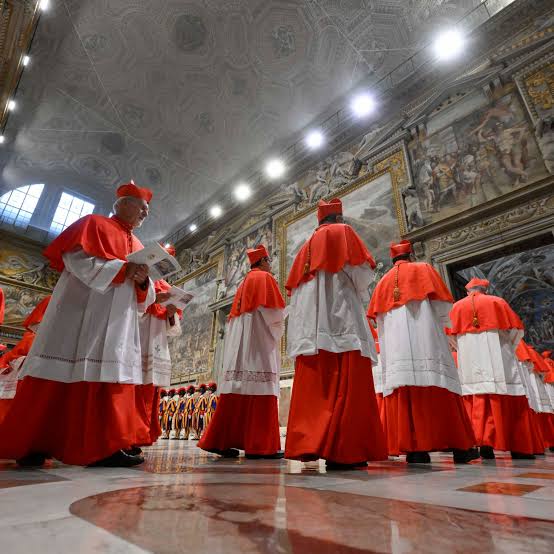
The first vote on May 7 produced black smoke, a disappointment but not a surprise. Historically, conclaves rarely conclude on day one, Pope Benedict XVI’s 2005 election took four ballots, and Pope Francis’ 2013 election needed five. By May 8, three more votes yielded the same dark signal, with a fourth round likely inconclusive as no white smoke had emerged. Reuters noted the cardinals’ schedule: up to four votes daily, two in the morning and two in the afternoon, with a day of prayer if no decision is reached by day three. This could stretch the process into the weekend, fueling speculation about what’s stalling the vote.
Who’s in the Running?
The conclave’s secrecy doesn’t stop the gossip mill from churning. Insiders whisper of frontrunners like Cardinal Pietro Parolin, Italy’s Vatican Secretary of State, whose diplomatic finesse makes him a safe bet for continuity. Then there’s Cardinal Luis Antonio Tagle of the Philippines, a charismatic figure whose youth (67) and reformist zeal echo Pope Francis’ legacy. The Guardian reported murmurs of a conservative push, with some cardinals favoring a return to traditional doctrine, possibly backing Hungary’s Cardinal Péter Erdő. With 133 electors - the largest conclave ever. The two-thirds majority (89 votes) is a steep hurdle, and factionalism could be clogging the process.
The diversity of the conclave, shaped by Francis’ global appointments, adds spice to the mix. Cardinals from Africa, Asia, and Latin America bring fresh perspectives, but also competing visions. Will the next pope lean progressive, like Francis, championing openness and social justice? Or will a conservative tide reclaim the papacy? The black smoke suggests heated debates, perhaps even strategic voting to block strong contenders, a tactic seen in past conclaves.
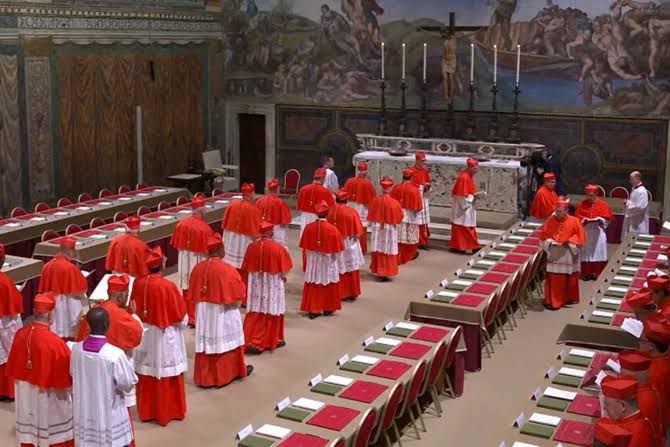
The Smoke and Mirrors of Tradition
The smoke itself is a star of this drama, a chemical concoction with roots in the 19th century. The New York Times traced its use to 1823, when wet straw and pitch created the dark plumes. Today, a mix of potassium chlorate, anthracene, and sulfur ensures the black smoke’s clarity, while potassium perchlorate and sulfur produce white. The Washington Post described the crowd’s groans as black smoke billowed on May 8, a visceral reminder of the conclave’s stakes. When white smoke finally appears, St. Peter’s bells will ring, and the words “Habemus Papam!” (“We have a pope!”) will echo worldwide.
Beyond the smoke, the conclave is a fortress of secrecy. Signal jammers block communication, and the Sistine Chapel is swept for bugs. Cardinals sleep in the Domus Sanctae Marthae, a modest guesthouse, and are shuttled to the chapel for voting. Meals of pasta, soup, and fish keep them fueled, but the real sustenance is prayer, with each vote preceded by hymns and oaths. CNN highlighted the psychological weight: cardinals know their choice will shape the Church for decades, especially with a younger pope who could reign for 20 years.
Why the Delay?
The persistent black smoke has tongues wagging. Is there a deadlock between progressive and conservative blocs? Has a dark-horse candidate emerged, splitting votes? The 133 electors create a complex chessboard, and the two-thirds rule demands consensus. CBS News noted that recent conclaves averaged two days, but the 1922 election of Pius XI took five, suggesting this one could drag if divisions persist. Some speculate that cardinals are testing lesser-known names, like Ghana’s Cardinal Peter Turkson, whose social justice advocacy resonates with Francis’ priorities.
Social media is abuzz with theories. Posts on X claim the delay signals a “crisis in the Church,” while others see it as a sign of thorough discernment. One user quipped, “Black smoke again? These cardinals are roasting marshmallows in there!” The Vatican remains tight-lipped, but the prolonged process only heightens the intrigue.
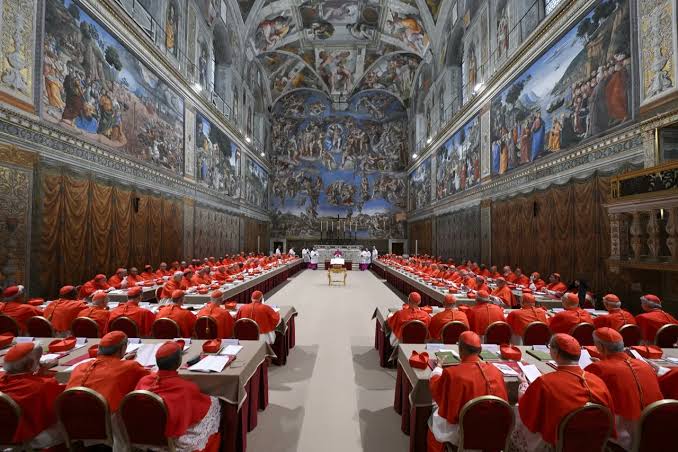
What’s Next?
As the conclave stretches into its third day, the world watches the chimney. A decision could come by May 9, aligning with historical norms, but a longer conclave isn’t out of the question. If no pope is chosen after 21 rounds, the cardinals may narrow the field to two candidates, a rare move that would escalate the drama. When white smoke finally rises, the new pope’s identity will spark celebration, scrutiny, and endless analysis. Will he be a reformer, a traditionalist, or a surprise from the global south?
For now, the black smoke tells a story of suspense, power, and faith. In St. Peter’s Square, pilgrims pray, tourists snap photos, and the world waits for a puff of white to signal the next chapter of the Catholic Church. Until then, the Vatican’s ancient ritual keeps us guessing, proving that even in 2025, some mysteries remain gloriously old-school.



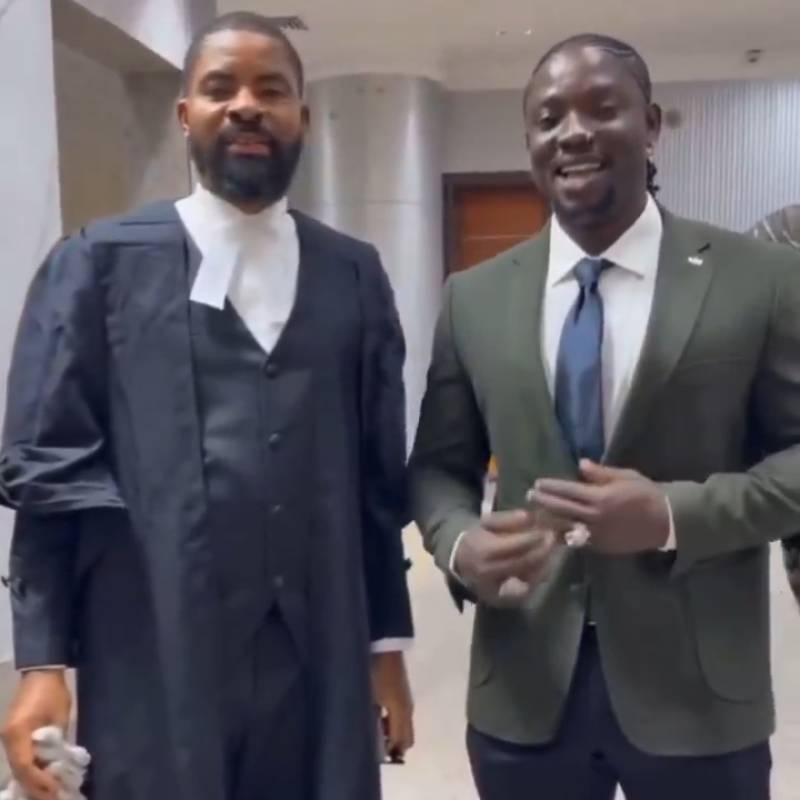
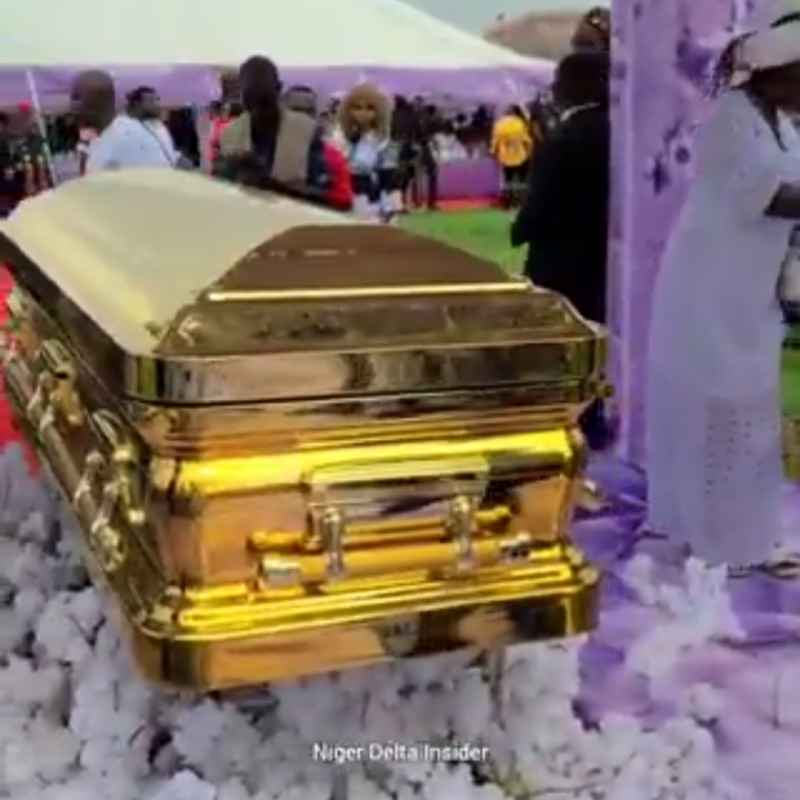
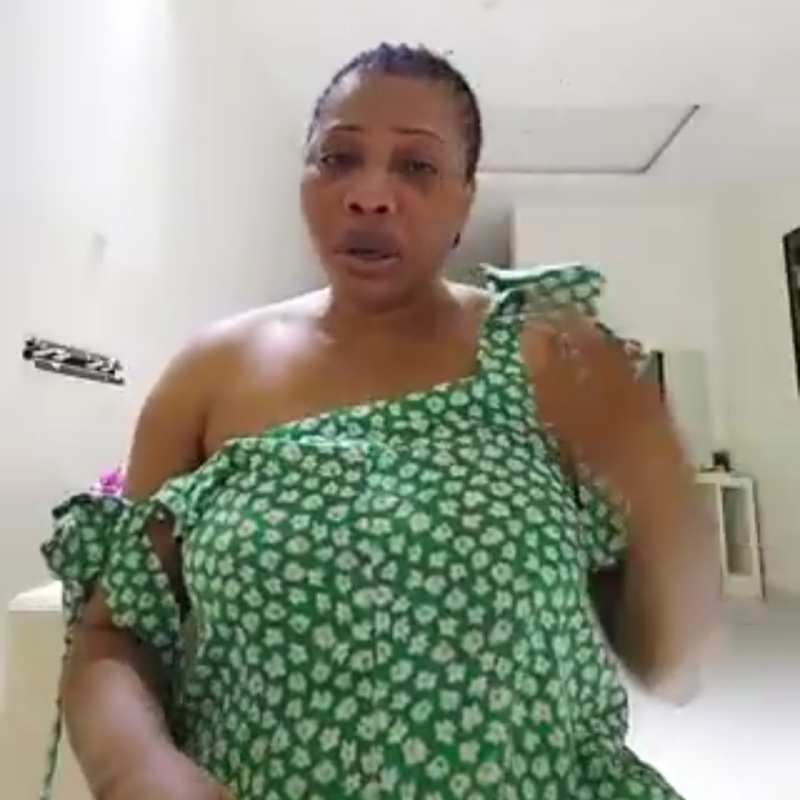

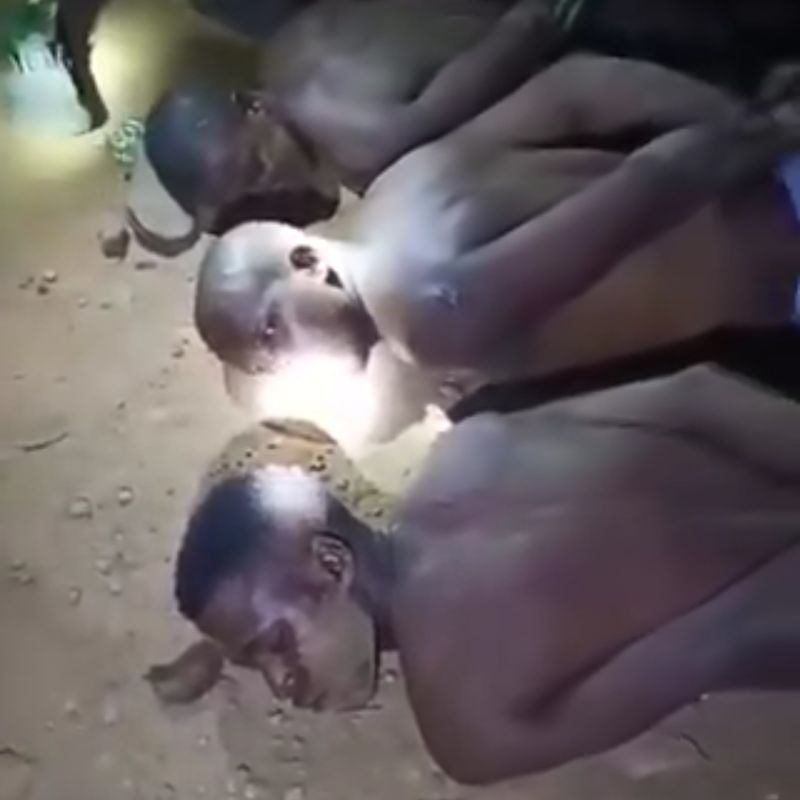
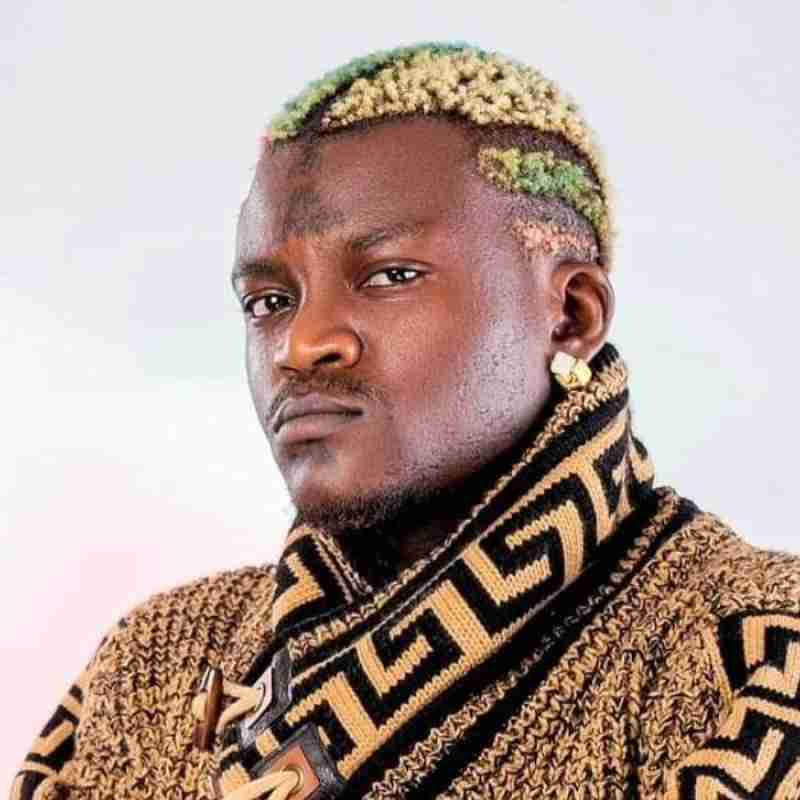

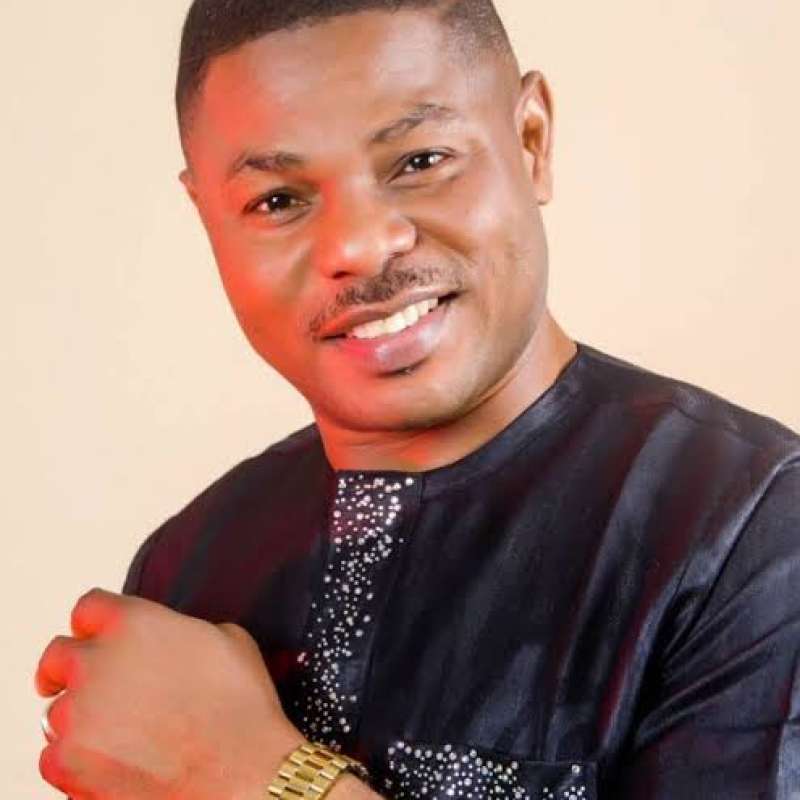
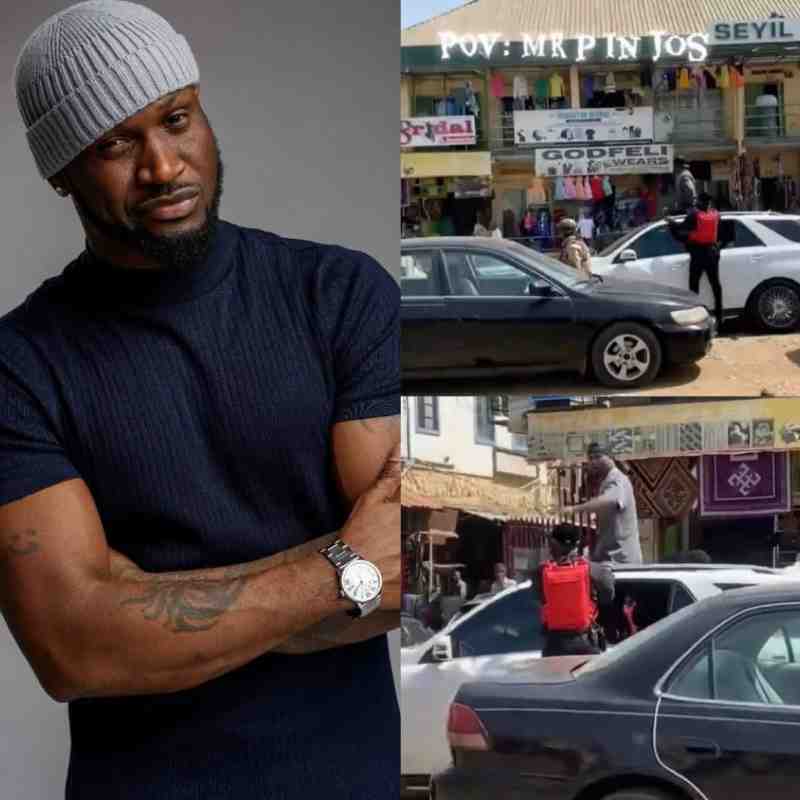
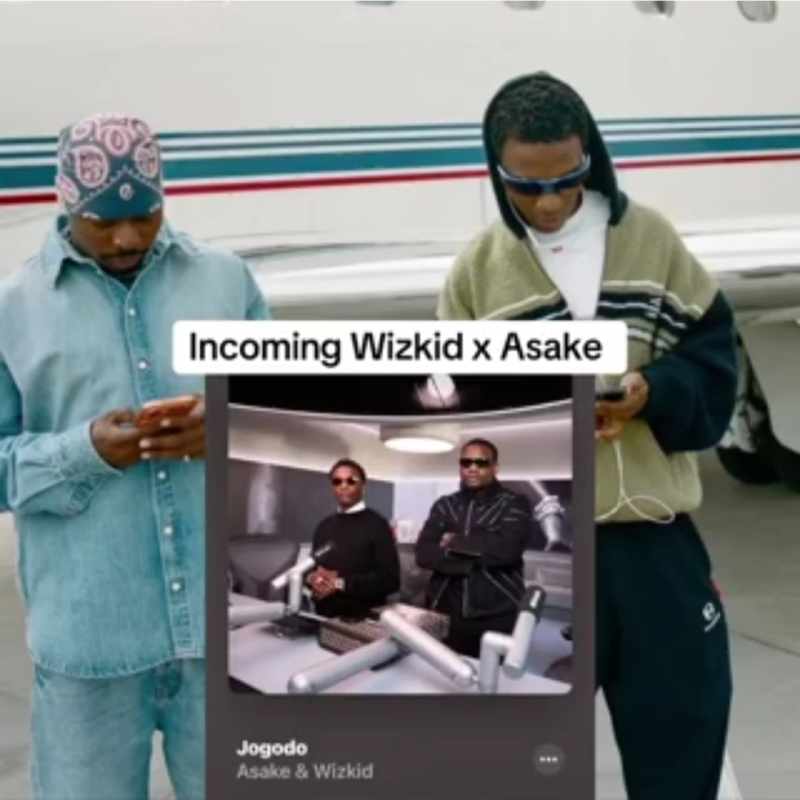
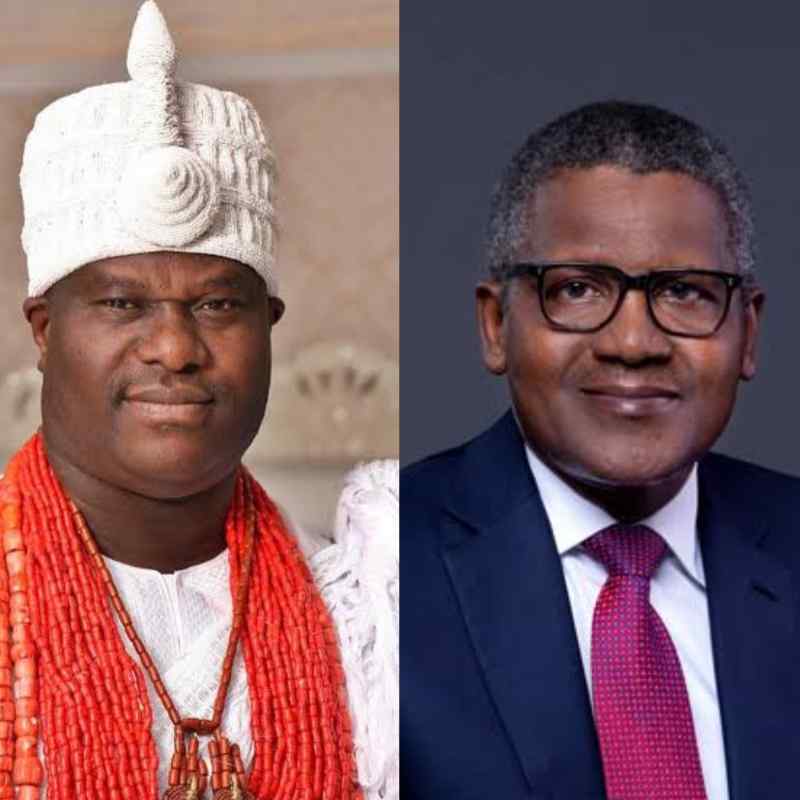
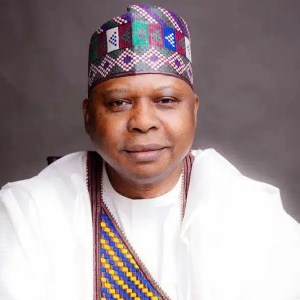



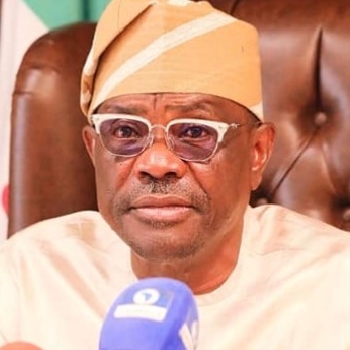

Comments
No comments yet. Be the first to comment!